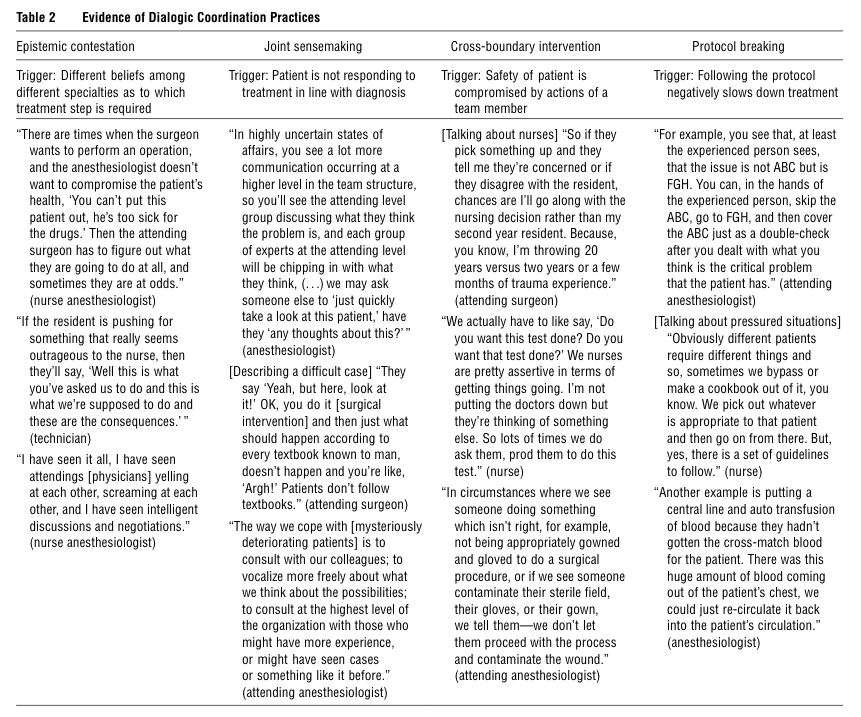First, consider who gets to make the rules. Tenured scholars who, as we’ve noted, are mostly white and male, largely make the rules that determine who else can join the tenured ranks. This involves what sociologists call “boundary work,” or the practice of a group setting rules to determine who is good enough to join. And as such, many of the rules established around tenure over the years work really well for white scholars, but don’t adequately capture the contributions of scholars of color.
Boundary work is the practice of a group that sets the rules to determine who is and isn't good enough to join the group.
Link to Groucho Marx quote, "I refuse to join any club that would have me as a member."
